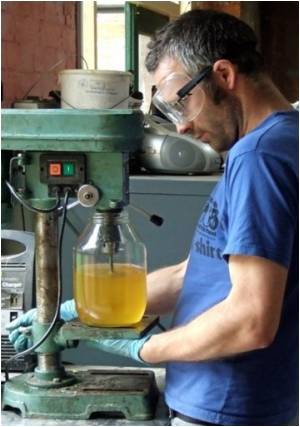Scientists have demonstrated the most important step toward a hydrogen economy, producing distributed and affordable green hydrogen from local biomass resources.

"We believe this exciting technology has the potential to enable the widespread use of hydrogen fuel cell vehicles around the world and displace fossil fuels," said Dr. Joe Rollin, co-researcher and lead author of the paper. The dominant current method for producing hydrogen uses natural gas, which is expensive to distribute and causes fossil carbon emissions.
But the Virginia Tech team used biomass -- the husks and stalks of corn plants -- to create their fuel.
This not only reduces the initial expense of creating the fuel, it also enables the use of a fuel source readily available near the processing plants, making the creation of the fuel a local enterprise.
Rollin’s model increased reaction rates three-fold and decreased the required facility size to about the size of a gas station, which reduces associated capital costs.
The team also increased enzymatic generation rates. This reaction rate is fast enough for hydrogen production in distributed hydrogen-fuelling stations.
Advertisement
The findings appeared in the Proceedings of the National Academy of Sciences.
Advertisement










